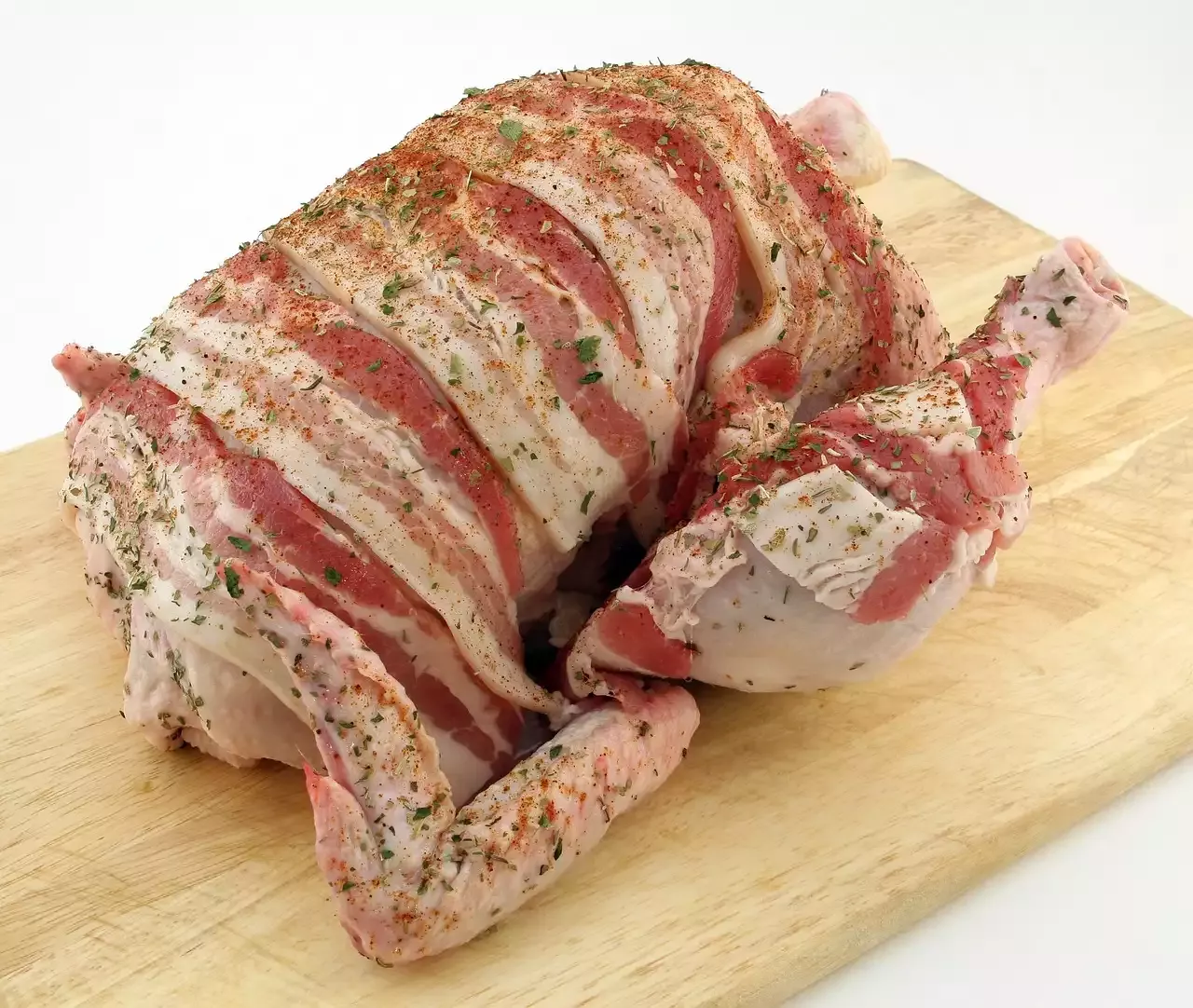Section 1: Selecting the Perfect Goose
When it comes to choosing a goose for your Christmas feast, quality is key. Look for a plump and fresh bird that has been properly raised. Free-range or organic geese tend to have a richer flavor and more succulent meat. Don't be afraid to ask your local butcher or poultry supplier for recommendations. It's important to plan ahead and order your goose in advance to ensure availability, as they can be in high demand during the holiday season.
Once you have your goose in hand, make sure to inspect it thoroughly. Look for any signs of bruising, discoloration, or an unpleasant odor. The skin should be smooth and unbroken, with a creamy white color. Avoid geese that have a yellowish tint, as this may indicate an older bird. Remember that a fresh and high-quality goose is the foundation of a delicious roast, so take the time to choose wisely.
Section 2: Preparing the Goose
Before you start preparing your goose for roasting, it's important to properly thaw it if it has been frozen. Place the bird in the refrigerator for 24 to 48 hours, allowing it to thaw slowly. Make sure to remove any giblets or neck from the cavity and set them aside for later use, such as making a flavorful gravy.
Once the goose is thawed, it's time to season it. Create a flavorful rub by combining a mix of herbs, spices, and seasonings. Traditional options include salt, pepper, thyme, rosemary, and garlic, but feel free to get creative and add your own twist. Gently massage the seasoning mixture all over the bird, making sure to get it into every nook and cranny. This will help to enhance the flavor of the meat and create a delicious crust when roasted.
To achieve a beautifully browned and crispy skin, it's important to prick the goose's skin all over. Use a sharp fork or skewer and gently pierce the skin, being careful not to penetrate the meat. This will allow the fat to render out during cooking, resulting in a crispy and flavorful skin.
Section 3: Trussing and Stuffing the Goose
Trussing the goose is an important step in ensuring even cooking and a visually appealing presentation. Trussing helps to hold the bird's shape and prevent the legs and wings from drying out during roasting. To truss the goose, start by tucking the wings underneath the body. Then, use kitchen twine to tie the legs together, keeping them close to the body. This will help the bird cook more evenly and maintain its shape.
Stuffing the goose is another way to add flavor and moisture to the meat. Traditional stuffing options include a mix of breadcrumbs, herbs, onions, and apples. However, it's important to note that stuffing the bird can increase the cooking time and may affect the overall texture of the meat. If you do choose to stuff the goose, make sure to pack the stuffing loosely to allow for proper cooking and expansion. Alternatively, you can opt to cook the stuffing separately to avoid any potential risks.
Section 4: Roasting the Goose
Roasting a goose requires a slightly different approach compared to other poultry. The key is to start with a high initial heat to render out the fat and crisp the skin, followed by a lower temperature to cook the meat slowly and evenly. Preheat your oven to 450°F (230°C) and place the goose on a rack in a roasting pan, breast-side up.
As the goose roasts, the fat will render out and accumulate in the pan. It's important to drain the fat periodically to prevent it from splattering or smoking. You can save the rendered goose fat for future cooking endeavors, as it is highly prized for its rich flavor and versatility.
Cooking times for a roast goose can vary depending on the size of the bird and your desired level of doneness. A general rule of thumb is to roast the goose for 12-15 minutes per pound (500 grams) at the initial high heat, then reduce the temperature to 325°F (165°C) and continue cooking for an additional 20-25 minutes per pound. Use a meat thermometer inserted into the thickest part of the thigh without touching the bone to ensure an internal temperature of 165°F (74°C) for fully cooked and safe-to-eat meat.
Section 5: Resting and Carving the Goose
Once the goose is cooked to perfection, it's important to let it rest before carving. This allows the juices to redistribute throughout the meat, resulting in a more tender and flavorful bird. Tent the roasted goose loosely with aluminum foil and let it rest for at least 20 minutes.
Carving a roast goose requires a bit of finesse, but with the right technique, you'll be able to create beautiful slices of succulent meat. Start by removing the trussing twine and transferring the goose to a cutting board. Use a sharp carving knife to carefully slice through the crispy skin and into the meat, following the natural lines of the bird. Serve the carved meat on a platter, garnished with fresh herbs and accompanied by your favorite festive sides.
Conclusion: A Festive Masterpiece to Remember
Preparing a Christmas roast goose is a labor of love that yields impressive results. From selecting the perfect bird and seasoning it to perfection, to roasting it to a golden crisp and carving it with precision, each step contributes to creating a festive masterpiece that will be remembered for years to come.
This holiday season, why not take your Christmas feast to new heights and indulge in the classic elegance of a roast goose? The succulent and flavorful meat, paired with crispy skin and a medley of festive sides, is sure to delight your guests and create lasting memories. Follow our step-by-step guide and let the aroma of a perfectly roasted goose fill your home this Christmas. Cheers to a feast fit for kings and queens!
